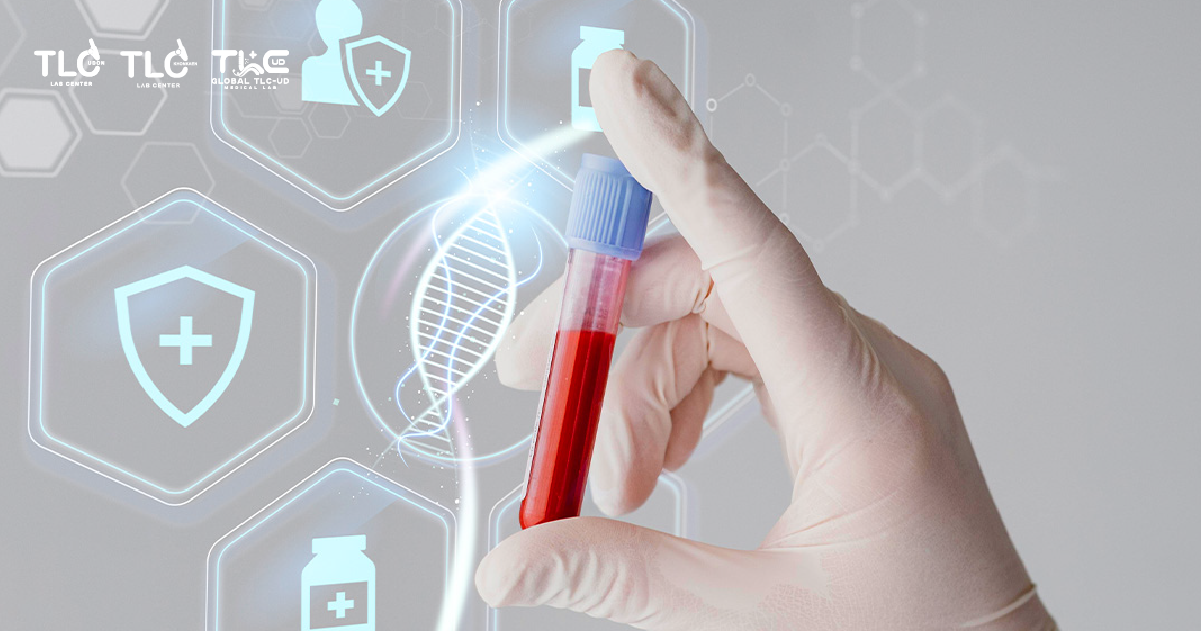Although Electronic Cigarettes (e-cigarettes) are often seen as an alternative for smokers, research has proven that they are no less dangerous than traditional cigarettes. Currently, the sale and use of e-cigarettes is increasing rapidly and widely, especially among children and teenagers. This is largely due to a common misconception that e-cigarettes are harmless. In reality, e-cigarettes are more dangerous than people think and can increase the risk of lung cancer.
What is an Electronic Cigarettes?
An electronic cigarette (e-cigarette) or vapor cigarette is a tobacco product similar to cigars and pipe tobacco. It is powered by a battery-operated device that delivers nicotine to the user and resembles traditional tobacco in appearance. Generally, there are two main types:
▪️ Cigarette-like – closely resembles a regular cigarette
▪️ Pen-style – looks like a pen with a filter end connected to another filter section
Nowadays, newer models look less like cigarettes and more like car remotes or customized devices modified by users.
How Do Electronic Cigarettes Work?
E-cigarettes are devices that use electricity to generate heat and vapor containing various chemicals, without the smoke from combustion like traditional cigarettes. Typically, they consist of three parts:
- Battery – Looks like the cigarette body, around 55–80 mm in length. The tip usually has an LED light to indicate battery status. Comes in both automatic and manual types.
- Atomizer – The middle section includes a microchip and heating coil that turns the e-liquid into vapor and simulates the flavour of real tobacco.
- Cartridge (Mouthpiece) – Shaped like a duckbill or cylinder, with one end containing absorbent material to hold the e-liquid.

Key Ingredients in Electronic Cigarettes:
- Nicotine – An addictive substance found in both traditional and e-cigarettes. It causes dependence. Nicotine levels are categorized as follows:
- Extra High: 20–24 mg
- High: 16–18 mg
- Medium: 11–14 mg
- Low: 4–8 mg
Some companies now produce a “Super High” level with 34 mg, which can be dangerous in large amounts.
- Propylene Glycol – A component that helps generate vapor.
- Glycerine – A humectant mixed with propylene glycol. The FDA confirms it’s safe for food and drug use, but its effects when inhaled as vapor are unknown.
- Glycerine – A humectant mixed with propylene glycol. The FDA confirms it’s safe for food and drug use, but its effects when inhaled as vapor are unknown.
How Do Electronic Cigarettes Affect Health?
Even though they don’t involve combustion, e-cigarettes still contain harmful chemicals that directly impact the lungs, potentially causing acute inflammation and increasing the risk of various cancers.
Toxic substances found in Electronic Cigarettes include:
- Nicotine – While not a direct carcinogen, it’s a highly addictive substance that affects the nervous system and brain development. In e-cigarettes, nicotine is 10 times more addictive than in regular cigarettes, making it harder to quit.
Propylene Glycol – Colourless, odourless, and water-soluble; mimics the smoking sensation but may cause dry throat, coughing, irritation, or chest tightness. It also affects the skin and eyes.
- Glycerine – A clear, sweet-tasting liquid that generates vapor. Inhalation can directly irritate the respiratory tract and cause lung inflammation.
Studies have also found other harmful compounds in e-cigarette vapor, such as heavy metals, formaldehyde, and benzene, all of which are linked to serious health risks. E-cigarette use increases the risk of:
- Heart disease
- DNA damage in lung, heart, and bladder cells
- Higher likelihood of developing cancer

Respiratory Impacts of Electronic Cigarettes:
E-cigarettes impair the function of cells in the bronchial tubes and alveoli that trap pathogens before they reach the lungs, increasing vulnerability to respiratory infections. This can lead to severe lung inflammation, breathing difficulties, or sudden respiratory failure (Acute Respiratory Distress Syndrome – ARDS).
High nicotine levels in adolescents—whose brains are still developing—can disrupt cognitive growth. Early exposure to nicotine, whether through traditional or e-cigarettes, can significantly impair brain development. The inhaled vapours can also harm the respiratory system and potentially cause chronic allergies in the future.
Author: Dr.Apakorn Poltien, M.T.,Ph.D
References:
- FG China Cigarettes
- “E-Cigarette Market By Distribution Channel (Retail And Online), By Product (Modular Devices, Rechargeable, And Disposable), And By Region – Global And Regional Industry Overview, Market Intelligence, Comprehensive Analysis, Historical Data, And Forecasts 2023 – 2030”. www.zionmarketresearch.com. สืบค้นเมื่อ 2024-06-28.
- “Development of E-Cigarettes and Vaping Regulations”. nursinganswers.net. สืบค้นเมื่อ 2024-06-28.
- “Electronic cigarettes: patterns of use, health effects, use in smoking cessation and regulatory issues”. www.tobaccoinduceddiseases.org. สืบค้นเมื่อ 2024-06-28.
- Wills, Thomas A.; Soneji, Samir S.; Choi, Kelvin; Jaspers, Ilona; Tam, Elizabeth K. (10 October 2020). “E-cigarette Use and Respiratory Disorder: An Integrative Review of Converging Evidence from Epidemiological and Laboratory Studies”. European Respiratory Journal. 56 (5): 363–380.
- Albert D. Osei; Mohammadhassan Mirbolouk; Olusola A. Orimoloye; Omar Dzaye; S.M. Iftekhar Uddin; Emelia J. Benjamin; Michael E. Hall; Andrew P. DeFilippis; Aruni Bhatnagar; Shyam S. Biswal; Michael J. Blaha (January 1, 2020). “Association Between E-Cigarette Use and Chronic Obstructive Pulmonary Disease by Smoking Status: Behavioral Risk Factor Surveillance System 2016 and 2017”. American Journal of Preventive Medicine. 58 (3): 336–332.

















